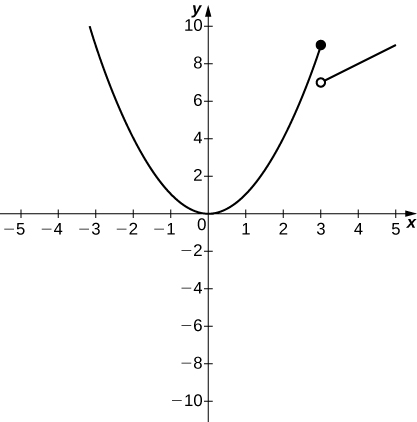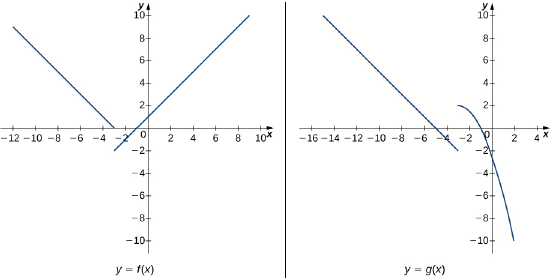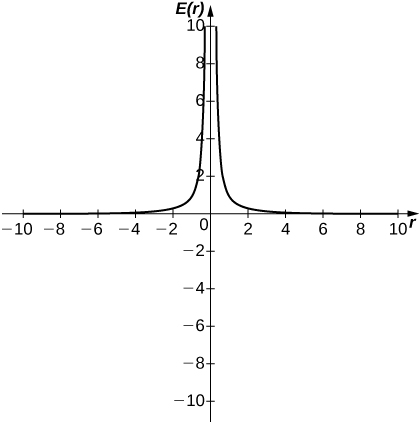2.5E: Exercises for Section 2.4
- Last updated
- Mar 16, 2023
- Save as PDF
- Page ID
- 123875
( \newcommand{\kernel}{\mathrm{null}\,}\)
In exercises 1 - 4, use the limit laws to evaluate each limit. Justify each step by indicating the appropriate limit law(s).
1)
- Answer:
-
Use constant multiple law and difference law:
2)
3)
- Answer:
- Use root law:
4)
In exercises 5 - 10, use direct substitution to evaluate the limit of each continuous function.
5)
- Answer:
6)
7)
- Answer:
8)
9)
- Answer:
10)
In exercises 11 - 20, use direct substitution to show that each limit leads to the indeterminate form
11)
- Answer:
then,
12)
13)
- Answer:
then,
14)
15)
- Answer:
then,
16)
17)
- Answer:
then,
18)
19)
- Answer:
then,
20)
In exercises 21 - 24, use direct substitution to obtain an undefined expression. Then, use the method used in Example 9 of this section to simplify the function and determine the limit.
21)
- Answer:
22)
23)
- Answer:
24)
In exercises 25 - 32, assume that
25)
- Answer:
26)
27)
- Answer:
28)
29)
- Answer:
30)
31)
- Answer:
32)
[T] In exercises 33 - 35, use a calculator to draw the graph of each piecewise-defined function and study the graph to evaluate the given limits.
33)
a.
b.
- Answer:
-

a.
34)
a.
b.
35)
a.
b.
In exercises 36 - 43, use the following graphs and the limit laws to evaluate each limit.

36)
37)
- Answer:
38)
39)
- Answer:
40)
41)
- Answer:
42)
43)
- Answer:
For exercises 44 - 46, evaluate the limit using the squeeze theorem. Use a calculator to graph the functions
44) [T] True or False? If
45) [T]
- Answer:
-
The limit is zero.
![The graph of three functions over the domain [-1,1], colored red, green, and blue as follows: red: theta^2, green: theta^2 * cos (1/theta), and blue: - (theta^2). The red and blue functions open upwards and downwards respectively as parabolas with vertices at the origin. The green function is trapped between the two.](https://math.libretexts.org/@api/deki/files/1926/CNX_Calc_Figure_02_03_206.jpeg?revision=1&size=bestfit&width=342&height=347)
46)
47) [T] In physics, the magnitude of an electric field generated by a point charge at a distance
a. Use a graphing calculator to graph
b. Evaluate
- Answer:
-
a.

b. ∞. The magnitude of the electric field as you approach the particle q becomes infinite. It does not make physical sense to evaluate negative distance.
48) [T] The density of an object is given by its mass divided by its volume:
a. Use a calculator to plot the volume as a function of density
b. Evaluate
Contributors and Attributions
Gilbert Strang (MIT) and Edwin “Jed” Herman (Harvey Mudd) with many contributing authors. This content by OpenStax is licensed with a CC-BY-SA-NC 4.0 license. Download for free at http://cnx.org.

